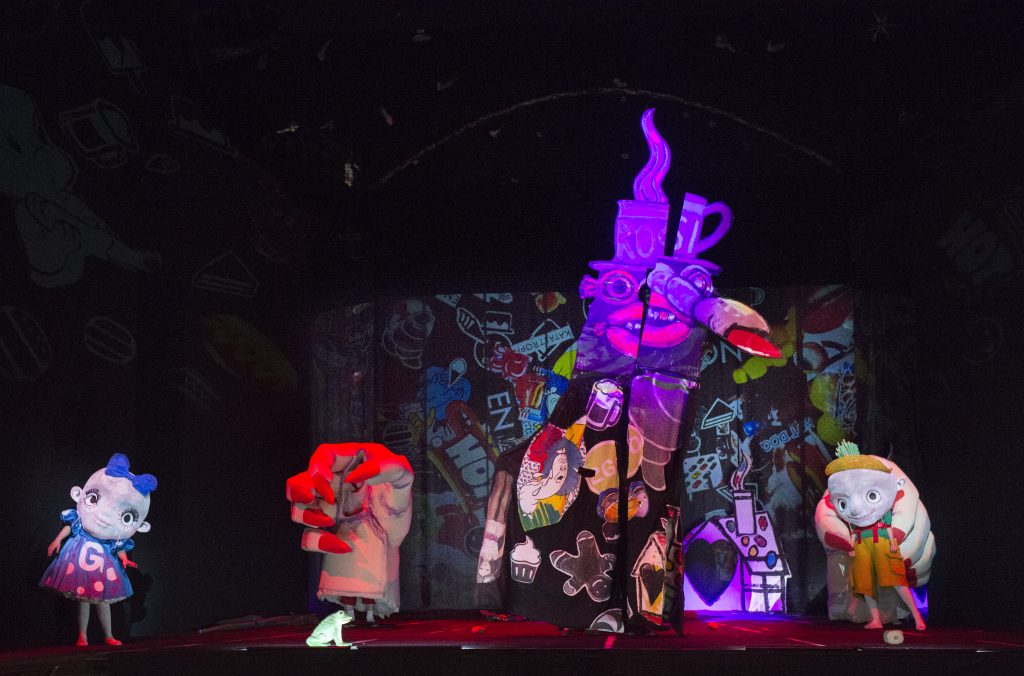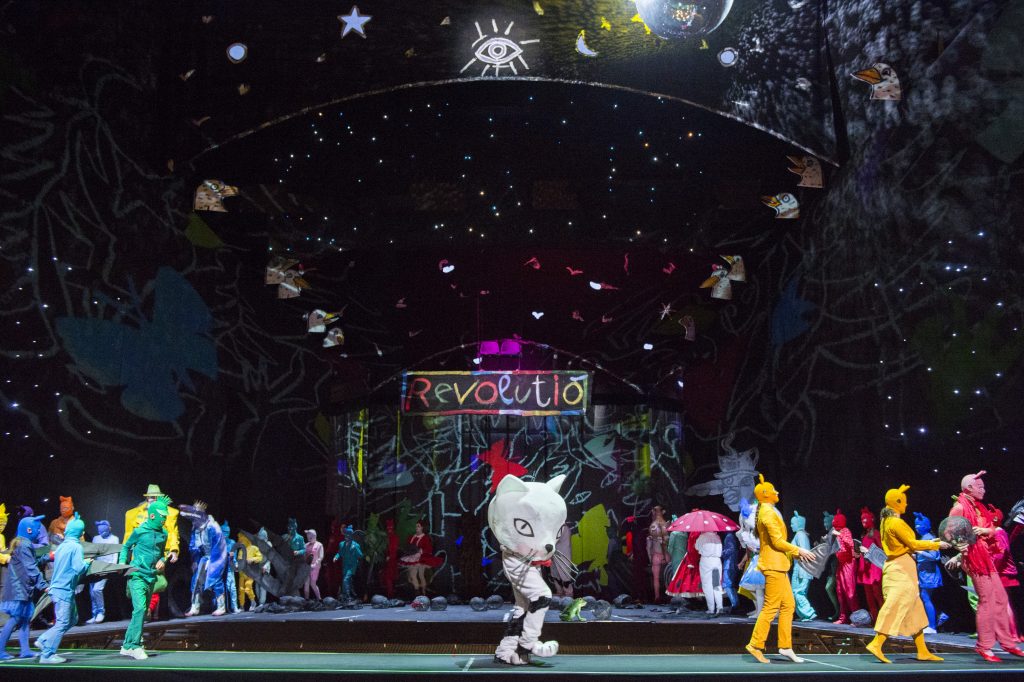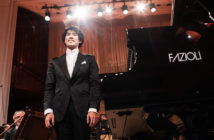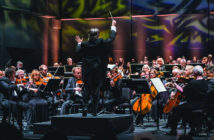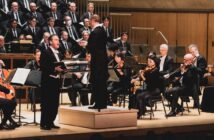BERLIN – Sending Achim Freyer after Hänsel und Gretel was both a mortifying and an intriguing concept. The German director is one of the stars of Regietheater and rarely lets an operatic story tell itself. While the opening on Dec. 8 of Engelbert Humperdinck’s seasonal charmer at the renovated Staatsoper Unter den Linden was generally family-friendly, it was also overwrought, self-consciously surreal and cussedly hard to get involved in at any basic emotional level. All of which criticisms this 83-year-old Brecht protégé might well take as compliments.
Credited with direction, design and costuming, Fryer applied himself most extravagantly to the last dossier. As the production photos make clear, the title characters wear oversized, goofy and deliberately inexpressive masks throughout the evening. “Masks” somewhat understates the case for these are full spheres that entirely encase the head like a deep-sea diver’s helmet. One wonders whether mezzo-soprano Katrin Wundsam (Hänsel) and soprano Elsa Dreisig (Gretel) got bonus pay for the hardship of wearing such grotesque accessories or had their wages docked on the grounds that they were never required to act.
Other characters were heavy-laden, notably the veteran tenor Stephan Rügamer as the Witch, whose face sported a long finger as a nose, twin sausages as lips and cookies (I think) as eyes, all topped by a steaming cup of coffee as a hat. Roman Trekel as Peter (the father) was swamped by layers of fabric but managed to get his baritone into the hall. Dreisig produced some sweet sounds but only the Russian mezzo-soprano Marina Prudenskaya as Gertrud, the mother, made a vivid impression, for the good reason that she was less bogged-down than the others.
It would be impossible to document the menagerie of oddities that take to the stage at one time or another during this exasperating show. There is a giant cat, commandeered by two extras in the manner of a pantomime horse, and a googly-eyed spider, this being a Freyer trademark dating from his 1980 production of Der Freischütz. The witch at one point is represented by two giant hands. When Gertrud pleads for money it showers down amply from above. A critique of capitalism, I guess.
All the garish inventions were united in looking low-tech – this being one of the Freyer’s post-Brechtian motifs. Drawings on the flats were scrawls and the gingerbread house was a disappointing structure of doghouse dimensions. The oven, on the other hand, was evoked by a projected conflagration better suited to Götterdämmerung. The gingerbread children seemed to be incinerated and in body-bags – an unpleasant touch that a mother in front of me tried to explain to her puzzled little girl. (The show is recommended for spectators eight years and over.)
There was much else in this postmodern circus, including mandatory appearances by characters outside the proscenium arch, and, near the end, a huge banner inscribed with the word “revolutio.” Latin? Possibly a politically-inclined spectator could produce a gloss. But none of it really mattered because the human element in this production was almost entirely absent. One real source of tension, however, was the fear that someone might fall into the exposed orchestra pit as characters twirled aimlessly and ran this way or that. (I noted on closer inspection that a safety net was in place).
Ah, yes, the pit. There were musicians down there, the venerable Staatskapelle Berlin, which is not the most refined ensemble, although conductor Sebastian Weigle kept Humperdinck’s seamless Wagnerian score of 1893 moving forward and gave the tunes a pleasant folkish bounce.
I expected to hear a chorus of boos when Freyer appeared for his curtain call, but the sounds from the audience were generally positive. There was, curiously, a vociferous round of booing at the end of Act 1. Perhaps the “boo” faction decided to take the rest of the night off.
— Hänsel und Gretel continues until Dec. 29. www.staatsoper-berlin.de


